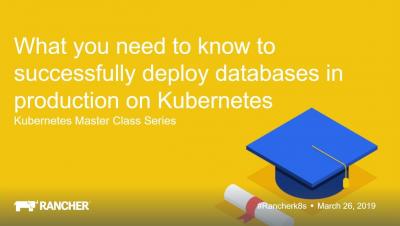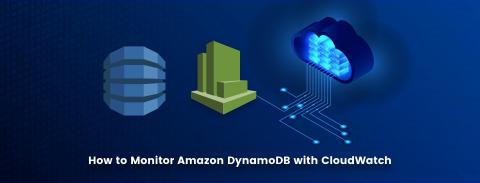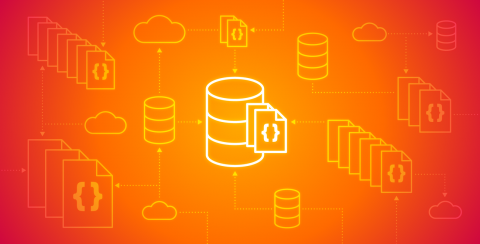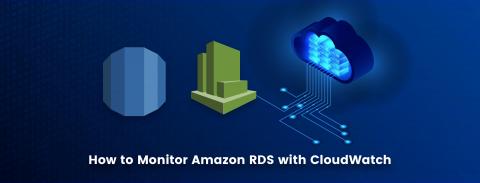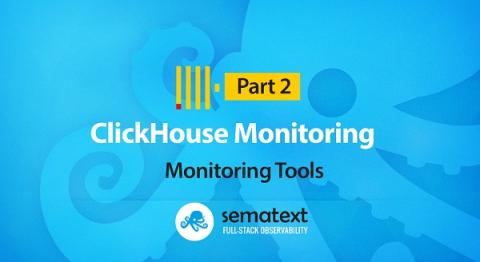Operations | Monitoring | ITSM | DevOps | Cloud
Databases
The latest News and Information on Databases and related technologies.
Monitor MongoDB Atlas with Datadog
MongoDB Atlas is a fully managed NoSQL database that deploys onto the cloud platform of your choice: AWS, Azure, or GCP. Atlas provides built-in security features and automatically distributes clusters across availability zones to help ensure high availability and uptime. We’re excited to announce that with our new integration, you can now monitor MongoDB Atlas health and performance metrics alongside the rest of your cloud infrastructure and the applications that depend on your database.
NiCE Oracle Management Pack 5.00
Oracle database availability and performance is key. Gain insight into what happens within your Oracle environment. Using the NiCE Oracle Management Pack for Microsoft SCOM, advanced monitoring has never been easier. The NiCE Oracle Management Pack smart algorithm determines problems and their severity way upfront. Leverage your existing investment, reduce costs, save time and build efficiencies that will last beyond your expectations.
What you need to know to successfully run databases in production on Kubernetes
How to Monitor Amazon DynamoDB with CloudWatch
Amazon DynamoDB is a key-value and document database that allows you to easily scale to huge numbers of records with single digit millisecond performance. However, since it’s a managed service, you have less visibility with traditional monitoring tools. As such, it becomes even more important to take advantage of the available monitoring tools in AWS. In this post, we’ll explain how to use CloudWatch to monitor DynamoDB and what is important to watch.
Collect Amazon DocumentDB metrics and logs with Datadog
Amazon DocumentDB is an AWS-managed document database service that supports MongoDB, the well known open source database. As a managed service, AWS automatically handles database management tasks, autoscales database clusters, and backs up your data to S3. DocumentDB implements the Apache 2.0 open source MongoDB 3.6 API, making it easy to migrate your existing MongoDB workloads to DocumentDB.
SolarWinds Extends IT Operations Management Leadership to Include Intelligent Anomaly Detection
How to Monitor Amazon RDS with CloudWatch
Amazon RDS allows you to store your application data in databases without having to actually manage the servers the databases are hosted on. It also allows you to easily set up read replicas and take snapshots of your database. However, since it’s a managed service, you have less visibility with traditional monitoring tools. As such, it becomes even more important to take advantage of the available monitoring tools in AWS.
Deploying Redis Cluster on top of Kubernetes
Redis (which stands for REmote DIctionary Server) is an open source, in-memory datastore, often used as a database, cache or message broker. It can store and manipulate high-level data types like lists, maps, sets, and sorted sets. Because Redis accepts keys in a wide range of formats, operations can be executed on the server, which reduces the client’s workload. It holds its database entirely in memory, only using the disk for persistence.
ClickHouse Monitoring Tools
So you’ve got a ClickHouse DBMS, and you’re looking for a tool to monitor it. You’ve come to the right place. In this blog post (which is part 2 of a three-part series on ClickHouse monitoring), we’ll identify and discuss the various ClickHouse monitoring tools available today.





